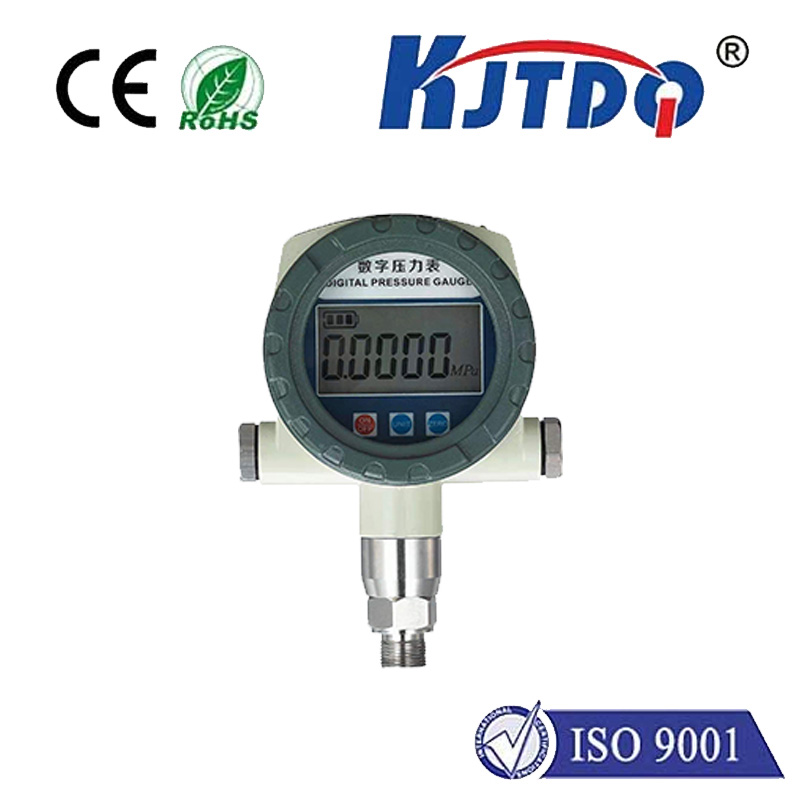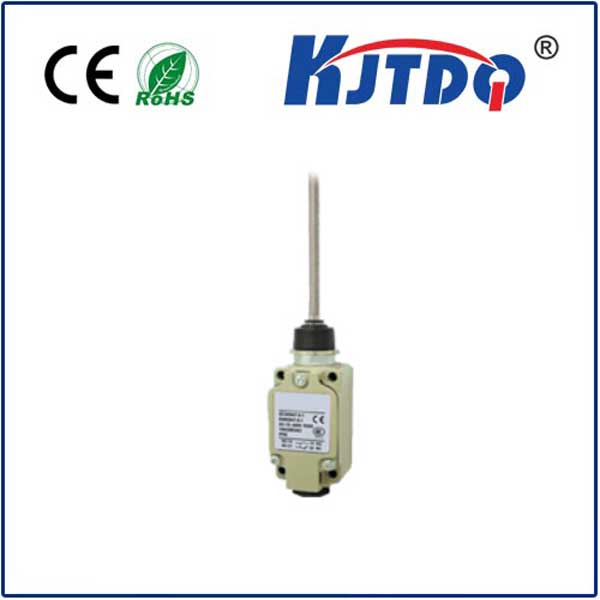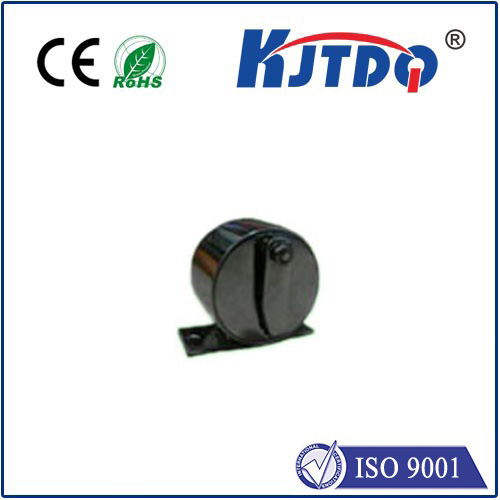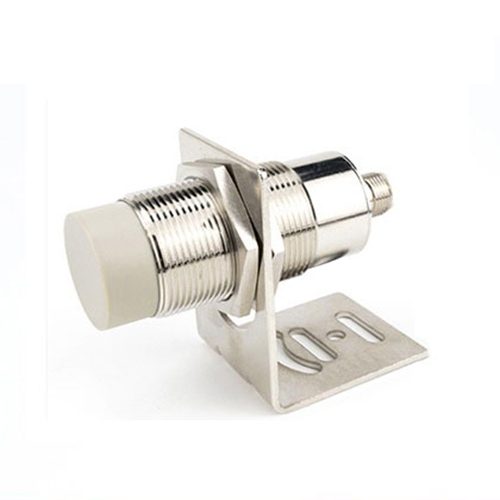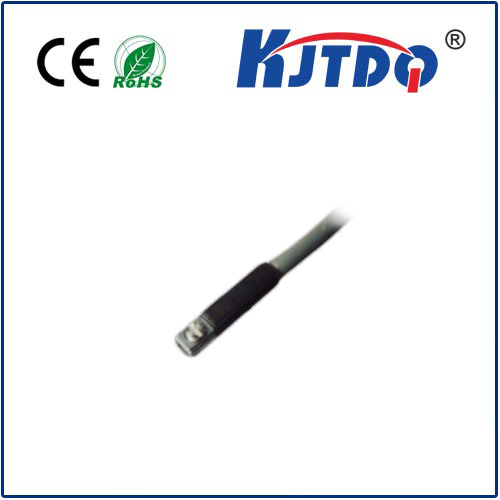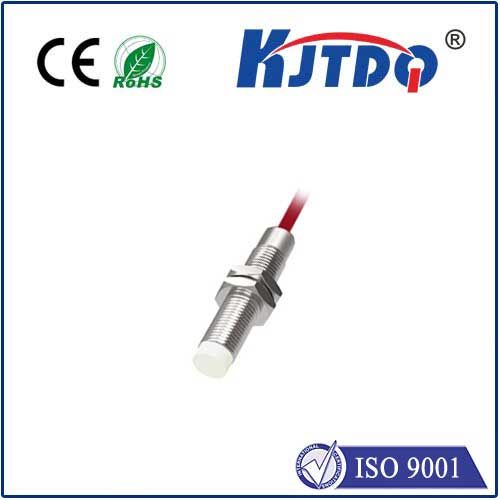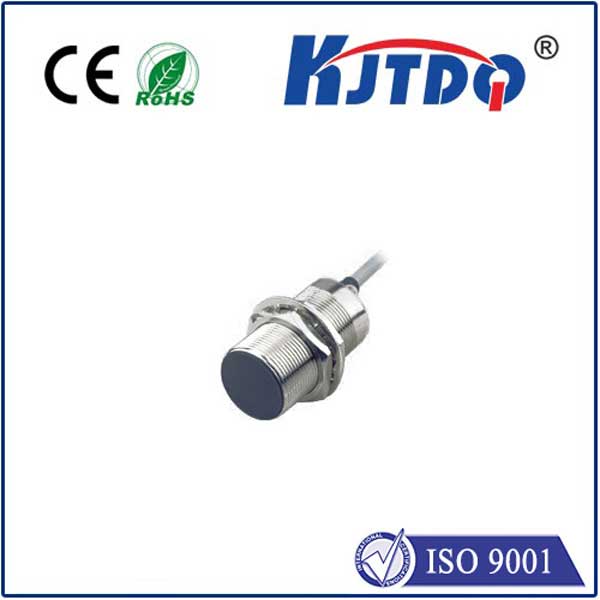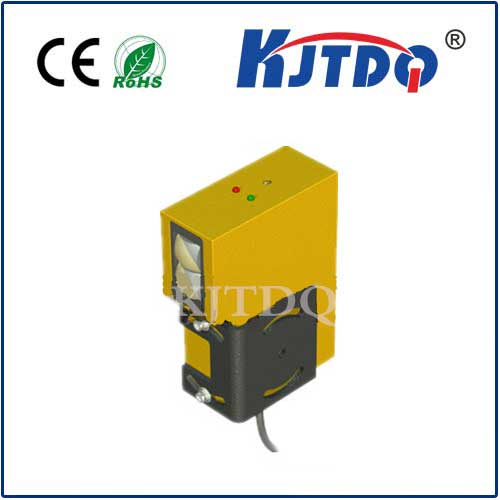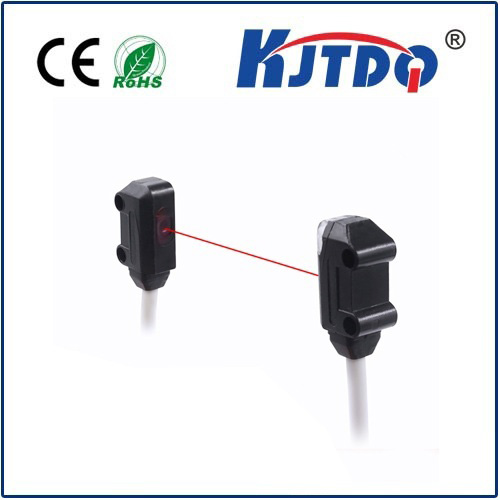tyre temperature sensor
- time:2025-08-22 01:26:57
- Click:0
Tyre Temperature Sensors: The Hidden Key to Peak Performance and Safety
Feel the heat? Your tyres certainly do. Imagine hurtling around a racetrack at blistering speeds, milliseconds separating glory from disaster. The critical difference often isn’t just horsepower or driver skill; it’s the temperature of four small patches of rubber connecting the car to the tarmac. While often overlooked in everyday driving, tyre temperature is a fundamental indicator of a tyre’s performance, safety, and longevity. Enter the tyre temperature sensor: an increasingly sophisticated piece of technology moving beyond the racetrack and into the mainstream, revolutionizing how we understand and interact with our tyres.
Why Does Tyre Temperature Matter So Much?
Tyres don’t just sit passively on the road; they work hard. As they rotate, flex, and grip the surface, friction generates significant heat. This heat fundamentally alters the tyre’s properties:
- Grip and Traction: Rubber has an optimal temperature range for maximum adhesion. Too cold, and it remains hard and slick, offering poor grip. Too hot, and it can become overly soft and greasy, losing structural integrity and traction. Precise temperature monitoring allows drivers (or vehicle systems) to understand if the tyre is operating within its “sweet spot.”
- Wear Rate: Excessive heat dramatically accelerates tyre wear. Consistently high temperatures soften the rubber compound excessively, leading to faster tread degradation and significantly reducing tyre lifespan.
- Pressure Fluctuations: Air expands when heated. A critical aspect often missed is that significant increases in tyre temperature lead directly to increases in tyre pressure. Relying solely on a standard TPMS (Tyre Pressure Monitoring System) without temperature context can be misleading, as a pressure warning might simply be due to hot tyres, not necessarily a leak.
- Structural Integrity: Sustained high temperatures, especially from underinflation, overloading, or aggressive driving, can weaken the tyre’s internal structure (carcass and belts), increasing the risk of catastrophic failure like a blowout.
The Evolution of Sensing the Heat
Early methods of monitoring tyre temperature were crude – often just a driver or pit crew member feeling the tyre surface by hand or using an infrared thermometer during pit stops. While still used in some contexts, this is impractical and imprecise for real-time monitoring during operation.

Modern tyre temperature sensors are sophisticated electronic devices integrated into the tyre/wheel assembly. They come primarily in two forms:
- Internal Sensors: These are mounted directly inside the tyre, often attached to the wheel rim alongside traditional TPMS pressure sensors. They provide direct core temperature readings of the air within the tyre and, by proximity, the inner liner. These sensors are common in OE (Original Equipment) systems and high-performance aftermarket applications.
- External Sensors: Mounted on the wheel rim or valve stem, outside the tyre cavity. They measure the temperature of the wheel rim and the ambient air close to the tyre. While less direct than internal sensors, they still provide valuable insights into relative tyre temperature changes and thermal load. They are often used in motorsport for their ease of installation and replacement.
How They Work: Beyond the Basics
Modern tyre temperature sensors are typically part of a wireless telemetry system. The sensor itself contains:
- A temperature sensing element (thermistor or similar).
- A battery (long-lasting lithium types are common).
- A microprocessor to process the data.
- A radio frequency (RF) transmitter to send the data.
The sensor periodically measures temperature and transmits this data, along with pressure readings if it’s a combined TPMS/Temperature sensor, to a receiver unit within the vehicle. This receiver then processes the information and can:
- Display real-time temperatures on the dashboard or a dedicated display (common in high-performance cars and motorsport).
- Integrate with Vehicle ECUs: Provide data to advanced vehicle stability control, traction control, or all-wheel-drive systems, allowing them to make more informed adjustments based on actual tyre grip conditions.
- Trigger alerts: Warn the driver if temperatures exceed safe thresholds, potentially indicating severe underinflation, overloading, or imminent tyre failure. This is a critical safety advantage.
- Log data: For post-drive analysis, crucial for racing teams, fleet managers, or performance enthusiasts seeking optimization.
Beyond the Racetrack: Real-World Applications
While born on the track, tyre temperature monitoring has significant benefits for everyday drivers and commercial fleets:
- Enhanced Safety: Early warnings of overheating tyres can prevent blowouts, particularly on long highway journeys or in hot climates. Understanding that a pressure warning might be temperature-related (requiring cooling, not inflation) prevents potential over-inflation risks.
- Optimized Tyre Life: Fleet operators managing large numbers of vehicles (trucks, buses, delivery vans) can significantly extend tyre service life and reduce operating costs by monitoring temperature trends. Identifying vehicles or axles consistently running hot allows for proactive maintenance checks (alignment, suspension issues, brake drag) before premature wear occurs.
- Performance Driving: Enthusiasts on track days or spirited mountain drives can use tyre temperatures to understand when their tyres are truly warmed up for maximum grip and to monitor if they are being pushed beyond safe limits.
- Efficiency: For electric vehicles, where range is paramount, maintaining optimal tyre pressure and temperature ensures lower rolling resistance, contributing to maximized driving range.
The Future: Smarter Sensing and Integration
Tyre temperature sensor technology continues to evolve:
- Multi-Point Sensing: Advanced systems, particularly in motorsport and high-end road cars, are moving beyond single-point measurement. Sensors placed at the inner shoulder, center, and outer shoulder of the tread provide a detailed temperature profile across the contact patch. This reveals critical information about camber settings, inflation accuracy, and driving style (e.g., showing if the driver is consistently overheating the outside shoulder in corners).
- Surface vs. Core Temperature: Combining internal air/core temperature sensors with infrared sensors measuring the tread surface temperature offers an even more comprehensive picture of the tyre’s thermal state during operation.
- Integration with Vehicle Dynamics: As vehicle autonomy and advanced driver assistance systems (ADAS) progress, real-time tyre temperature data will become even more vital. An autonomous vehicle’s control system needs the most accurate possible understanding of available tyre grip, which is fundamentally temperature-dependent.
- Cloud Connectivity & AI: Fleet management systems are increasingly leveraging cloud platforms to collect and analyze tyre temperature data across entire fleets. Artificial Intelligence can identify patterns, predict potential failures, and recommend maintenance, leading to predictive maintenance strategies rather than reactive fixes.
The Unseen Guardian
Tyre temperature sensors operate silently, a hidden layer of intelligence working beneath the surface. They transform the tyre from a passive component into an active communicator of its own critical status. By providing direct insight into the thermal dynamics at the contact patch, these sensors empower drivers, fleet managers, engineers, and vehicle systems to make better decisions – enhancing safety, optimizing performance, extending tyre life, and unlocking new levels of vehicle control. As the technology advances and becomes more widespread, understanding and utilizing tyre temperature data will shift from being a race team’s secret weapon to an essential aspect of informed and safe vehicle operation for everyone.






